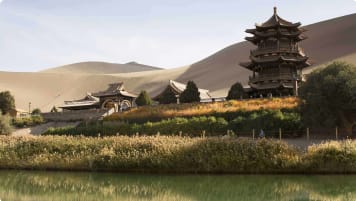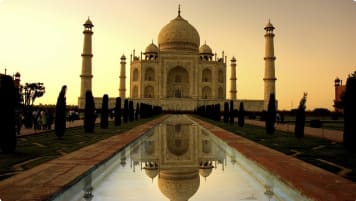Jaipur, India
Jaipur, India Amber Fort, on the outskirts of Jaipur. The legendary ‘Pink City’, Jaipur epitomises the beauty and grandeur of historic India. The city takes its name from its founder, Maharaja Sawai Jai Singh, one…
13 Feb 20 · 4 mins read
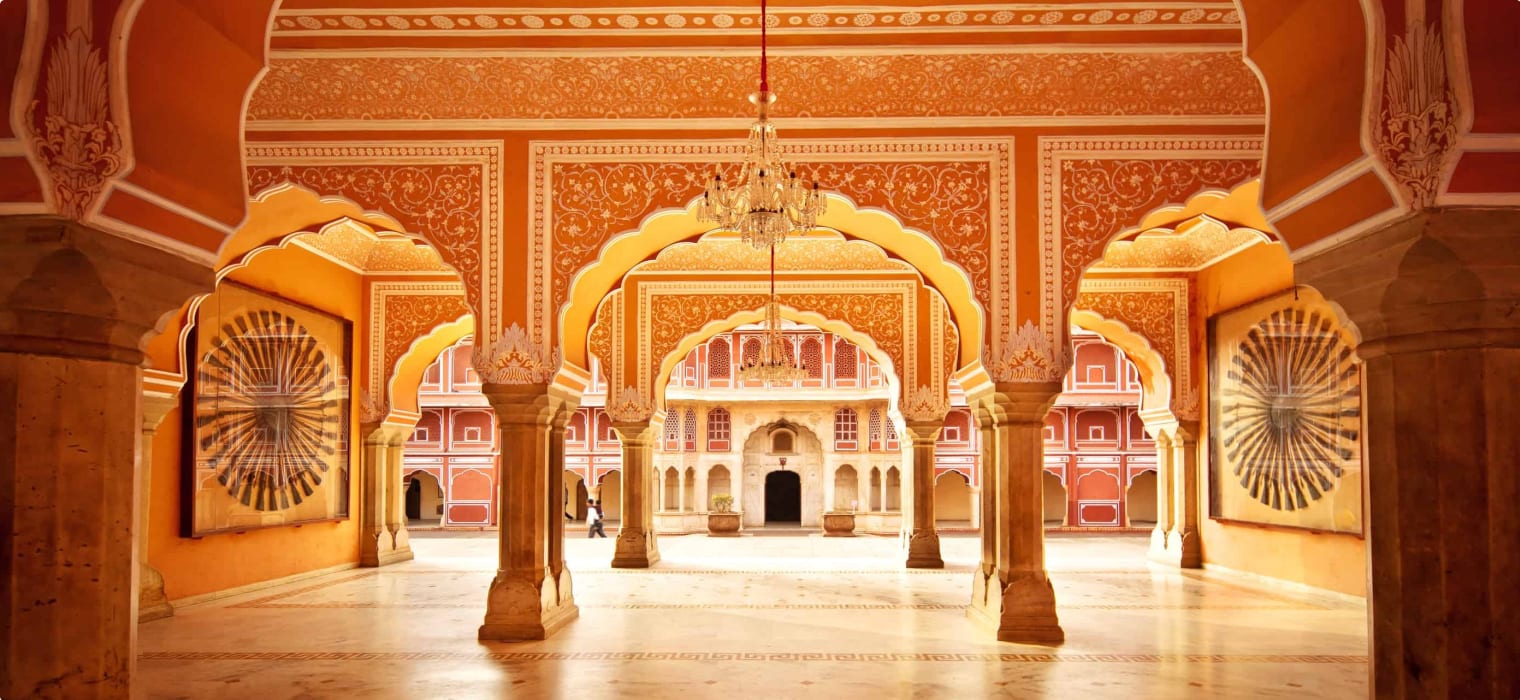
Jaipur, India
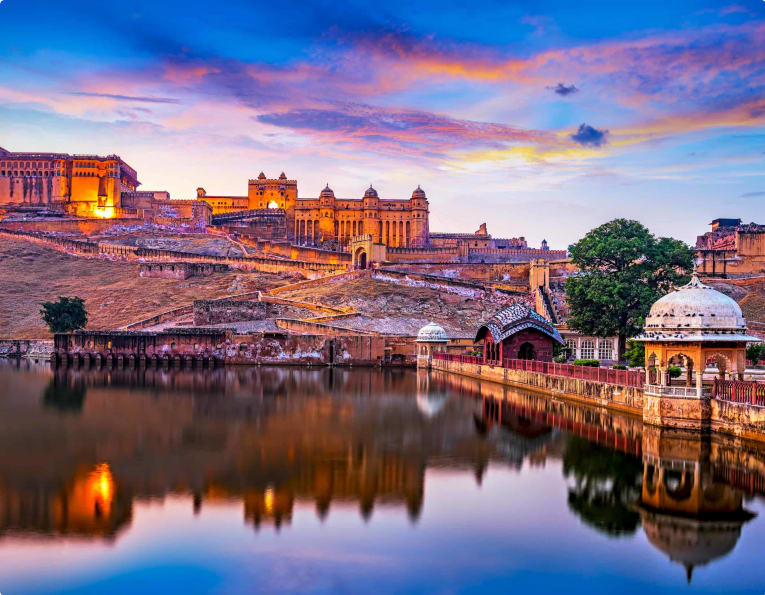
The legendary ‘Pink City’, Jaipur epitomises the beauty and grandeur of historic India.
The city takes its name from its founder, Maharaja Sawai Jai Singh, one of 18th century India’s most enlightened monarchs. Part of a dynasty that could trace their lineage back to the 12th century Rajput clan who established the princely state of Amer, Jai Singh decided to move his capital about 11 kilometres to the present city of Jaipur.
Fascinated with astronomy, mathematics and science, Jai Singh worked with the Bengali architect and scholar Vidyadhar Bhattacharya to create Northern India’s first planned city. While most Indian cities had irregular layouts, Jaipur was built on a precisely symmetrical grid. To design the city, Vidyadhar drew upon ancient Indian architectural texts, known as the Vastu Shastra, along with ancient Greek works by Ptolemy and Euclid. Following the building of the city, the stone walls were painted in orange-pink to mimic the stone buildings of Delhi and Agra.
In 1876, Maharaja Ram Singh had the city re-painted in pale pink (traditionally the colour of hospitality) to welcome the Prince of Wales (later Edward VIII). Today, all residents of the Old City are required by law to keep their buildings painted in pale salmony pink.
Since independence, Jaipur has been recognised as the capital city of Rajasthan. Today, the city has a population of around three million, and is a major tourist destination.

Your tour of Jaipur is likely to be centred around the beautiful pale pink Old Town. Jaipur’s most immediately recognisable structure is the Hawa Mahal, or ‘Palace of Winds’, a honeycomb-like, intricately layered palace of red and pink sandstone. It was constructed in 1799 to allow the ladies of the royal household to watch the processions and activity of city life without being seen by the public.
The Jaipur City Palace, still the home of the royal family, is open to the public for a walking tour. Right in the centre of the city, the Palace displays royal architecture from different eras, from the outer wall built by Jai Singh to the Virendra Pol, built in the late 19th century. The Palace is home to a number of museums displaying royal costumes, weaponry, and arts and crafts.
Near the palace is the Jantar Mantar, an observatory built by Jai Singh in pursuit of his fascination with astronomy. The observatory includes nineteen instruments, including tools to predict eclipses, measure time, and ascertain the locations of stars and planets. It includes the world’s largest sundial, listed in 2010 as a UNESCO World Heritage Site.

The original capital of Amer, home to the grand Amber Fort, is an easy day tour from the centre of Jaipur. Established on the location of an 11th-century fort, construction began in 1592, and was extended by the Jai Singhs before they moved to Jaipur. Located on a hill overlooking the city, the Amber Fort offers sweeping views, elegant courtyards, and intricately detailed and frescoed interiors.
Though the famous Jal Mahal (or ‘water palace’), floating in Man Sagar Lake, is no longer open to visitors, it’s worth stopping by for a view of this dreamlike structure. Though its origins are unknown, it is believed to be built – or extensively renovated – by Jai Singh. Seemingly perched directly on the lake, the Jal Mahal is a showcase of Rajput design. Also worth seeing is the Moti Dungri, or Ganesh temple, which offers sweeping views of the pink city. The Albert Hall, built in the 19th century to ensure that Prince Albert would visit Jaipur on his tour of India, is home to an interesting collection of artifacts from Rajasthan’s history. The building itself, considered to be a masterpiece of Indo-Saracenic architecture (which fuses Indian forms with the neo-Gothic fashionable in Victorian Britain) is alone worth the visit.
Yet, Jaipur isn’t all about regal architecture. Jai Singh’s initial plan included not just royal palaces, but reserved swathes of the city for workshops of the artisans he recruited to make his city a new commercial hub. Today’s artisans – gem cutters, jewelry-makers, and textile merchants – continue to operate in the traditional quarters, some practicing family trades going back to the time of Jai Singh. For a unique souvenir of your trip to India, think about picking up one of their traditionally created textiles, precious jewels, or miniature paintings.
A stay in Jaipur is an ideal launching point from which to launch your Rajasthan tour, with colourful Jodhpur, sacred Pushkar, and Udaipur, overlooking pretty Lake Pichola, all in close proximity to the city.

Articles about India published by Odyssey Traveller.
- India’s Mughal Empire
- Clash of the Mughals and the Marathas
- History of British Rule in India
- Discovering India
- Top 20 World Heritage Sites You Must Visit
For all the articles Odyssey Traveller has published for mature aged and senior travellers, click through on this link.
External articles to assist you on your visit to India.
Related Tours
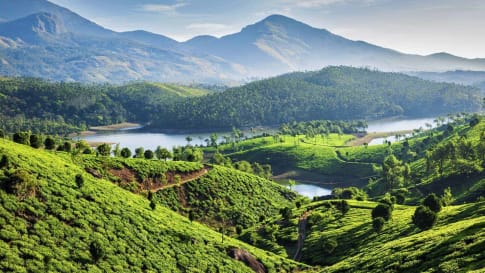
11 days
Nov, Mar, OctIndia Short Tour | Small group tour for seniors
Visiting India
A short small group tour for Mature and seniors couples and solo travellers of India and its icons. Bounded by the majestic Himalayan ranges in the north and edged by an endless stretch of golden beaches. India is a vivid kaleidoscope of landscapes, magnificent historical sites, such as the Taj or red fort royal cities, such Dehli, Jaipur , Agra and Madras colourful people, and rich culture.
From A$9,250 AUD
View Tour
22 days
Nov, MarCultural and History Tour of India | Small Group Tour
Visiting India
Small group tour for mature and senior couples and solo travellers to India. Visiting Delhi and the red fort, Jaipur, Agra and so much more over 22 days explore the world of the Mughal.
From A$12,300 AUD
View Tour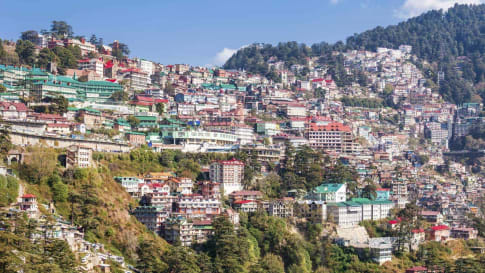
15 days
OctNorth East India small group escorted cultural tour
Visiting India
A unique small group cultural tour visiting the North East region of India, this tour was created for seniors travelling as couples and solo travellers. As we journey through the magnificent landscape and culture we stop to explore Darjeeling, which shares history with Bengal, Sikkim, and Nepal, as well as Tiger Hill, where we witness the changing colours of the sunrise in the Himalayan Range.
From A$9,750 AUD
View Tour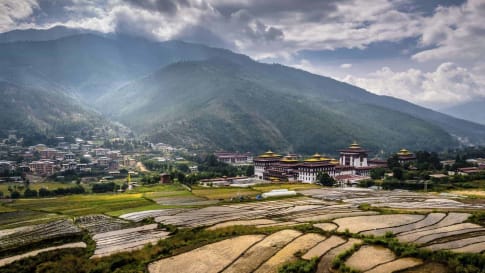
17 days
Sep, AprBhutan | Small Group Cultural Tour
Visiting Bhutan
An unhurried ocean of calm in a crowded continent, Bhutan is scenically magnificent. Join our small group escorted tour and walk up the mountain to the famous Tiger's Nest monastery. The Bhutanese will welcome you to share their distinctive culture, unpolluted environment, and colourful festivals.We explore centuries of Buddhist tradition inherited from Tibet that have shaped this land with art, dance, music, and even medicine shaped by religion.
From A$13,695 AUD
View Tour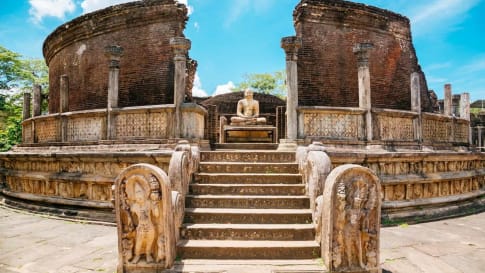
15 days
MarSri Lanka | Culture and History Small Group Tour
Visiting Sri Lanka
A small group tour of Sri Lanka for mature couples and solo travellers is a great introduction to the trading history of the world and "Spice" The centre of the island offers rolling hills, year round cool climate and former British colonial hill stations complete with Tudor hotels, rose gardens and the oldest golf course in Asia. Scattered around the country are National Parks filled with game. The world’s first game reserves were founded in Sri Lanka over 2,000 years ago.
From A$8,250 AUD
View Tour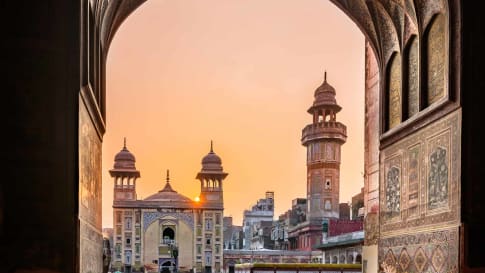
16 days
Mar, OctTour of Pakistan
Visiting Pakistan
This 16-day small group tour for couples and solo travellers explores the long history and colourful culture of Pakistan, and begins in Karachi, Pakistan's largest city, and ends in its vibrant capital, Islamabad, includes Lahore fort and Skardu valley.
From A$9,995 AUD
View Tour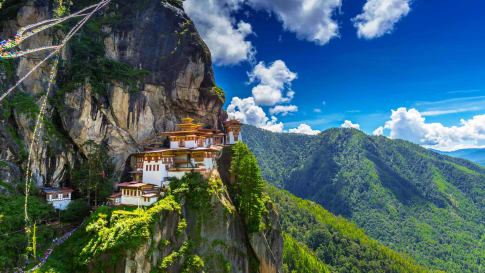
14 days
Nov, AprTour of Darjeeling, Sikkim, and Bhutan
Visiting Bhutan, India
Join Odyssey Traveller on this small group tour in the Indian subcontinent, taking us from the verdant tea gardens of Darjeeling nestled in the Himalayan mountain range, to the hilltop monasteries of the former independent kingdom of Sikkim, and finally to the pristine and beautifully isolated mountain landscape of Bhutan.
From A$12,325 AUD
View Tour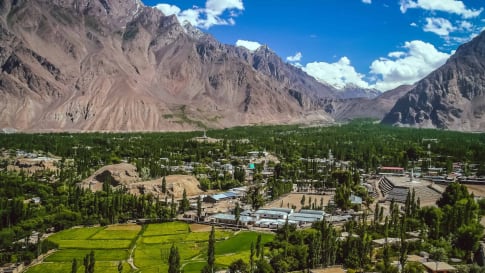
22 days
Mar, Sep, AugTour of Pakistan including Skardu Valley
Visiting Pakistan
This 22-day tour begins much like our 16-day tour of Pakistan, travelling from Karachi to Islamabad with a six-day extension that allows us to further explore the northern parts of the country.
From A$12,350 AUD
View Tour